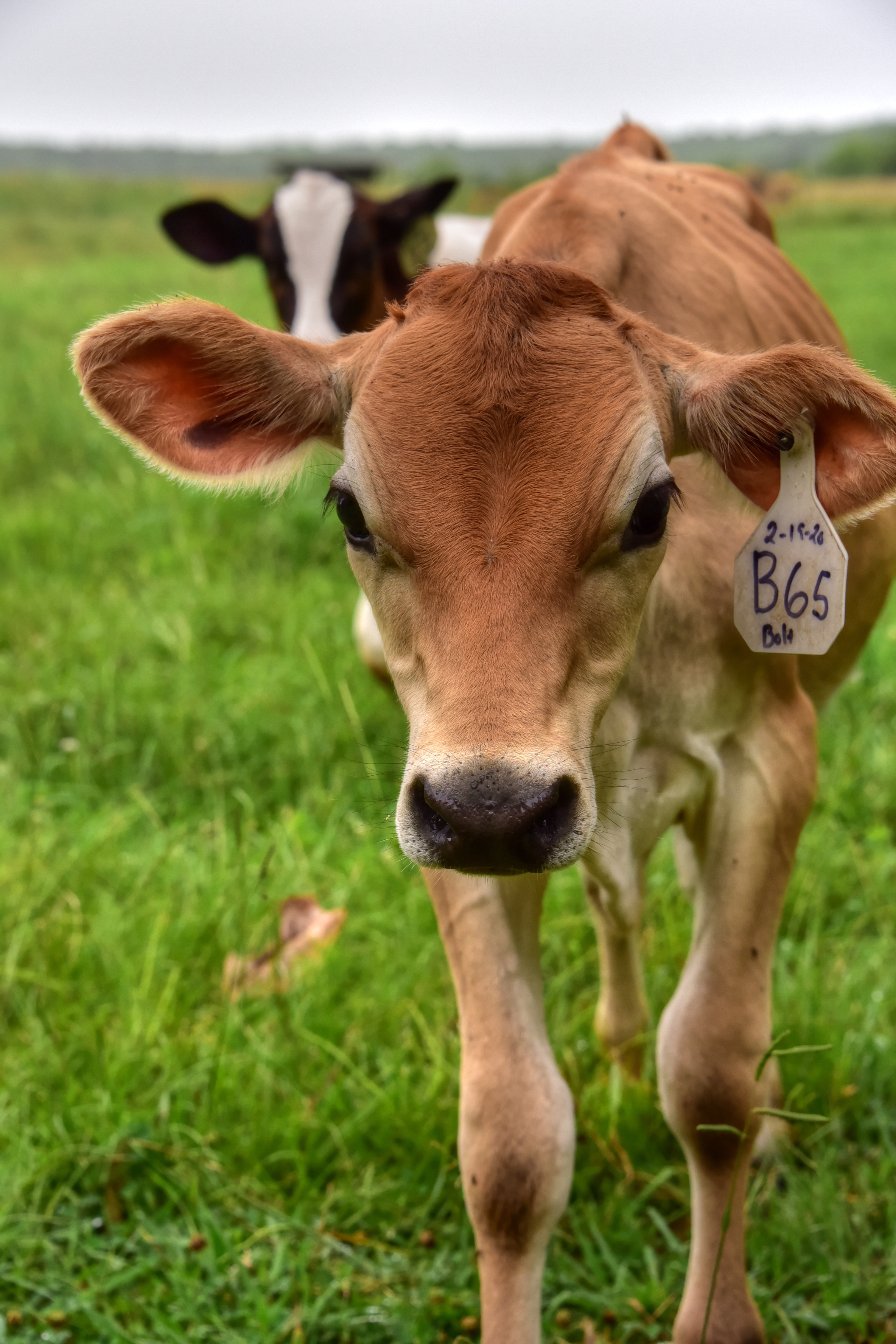The Importance of Early Conception
Fertility is the single most important trait in cow-calf production. The propagation of other desired characteristics (i.e. carcass traits, phenotype, longevity, etc.) is not possible if fertility is neglected. Fertility within a herd is reflected not only by the number of cows that calve each year, but also by how early cattle conceive within the breeding season. One of the most important impacts on fertility in a cow-calf herd is the development of replacement females. Whether you purchase your replacements, or develop them yourself, it’s important to understand a few key concepts in heifer development that have a profound impact on the heifer’s lifetime production.
It is well known that the lifetime performance of a heifer is dramatically impacted by how quickly she conceives in the breeding season. Cows that calve early in the calving season as heifers, produce more pounds of calf in their lifetime than cows that calve later in the calving season as heifers.3 Also, heifers that calve in the first 21 days of the calving season experience increased longevity in the herd compared to those who calve in the second or third 21-day interval within the calving season.1,2 Knowing this, the goal for each cow-calf operation should be for heifers to conceive as early in the breeding season as possible.

When heifers conceive early in the breeding season, they subsequently calve early in the calving season. Giving birth early in the calving season allows first-calf heifers the maximum amount of time to regain reproductive cyclicity following calving and be bred back early in the next breeding season. Generational problems with fertility in cow-calf herds may occur when replacement females are kept from cows and heifers that calved late in the calving season. These progeny are the youngest of the calving group, and have the least amount of time to reach breeding weight and reproductive maturity as heifers. As a result, they often are not bred early in the breeding season, but either conceive late in the breeding season or do not conceive at all. These females then calve late in the calving season, and the cycle repeats itself with any replacement females that are kept from their progeny.
In summary, heifers should be developed in such a way to maximize their chance of conceiving early in the breeding season, and subsequently calve early in the calving season.
References:
- Cushman RA, Kill LK, Funston RN, et al. Heifer calving date positively influences calf weaning weights through six parturitions. J Anim Sci 2013;91:4486–4491.
- Damiran D, Larson KA, Pearce LT, et al. Effect of calving period on beef cow longevity and lifetime productivity in western Canada. Transl Anim Sci 2018;2:S61–S65.
- Lesmeister JL, Burfening PJ, Blackwell RL. Date of First Calving in Beef Cows and Subsequent Calf Production. J Anim Sci 1973;36:1–6.

